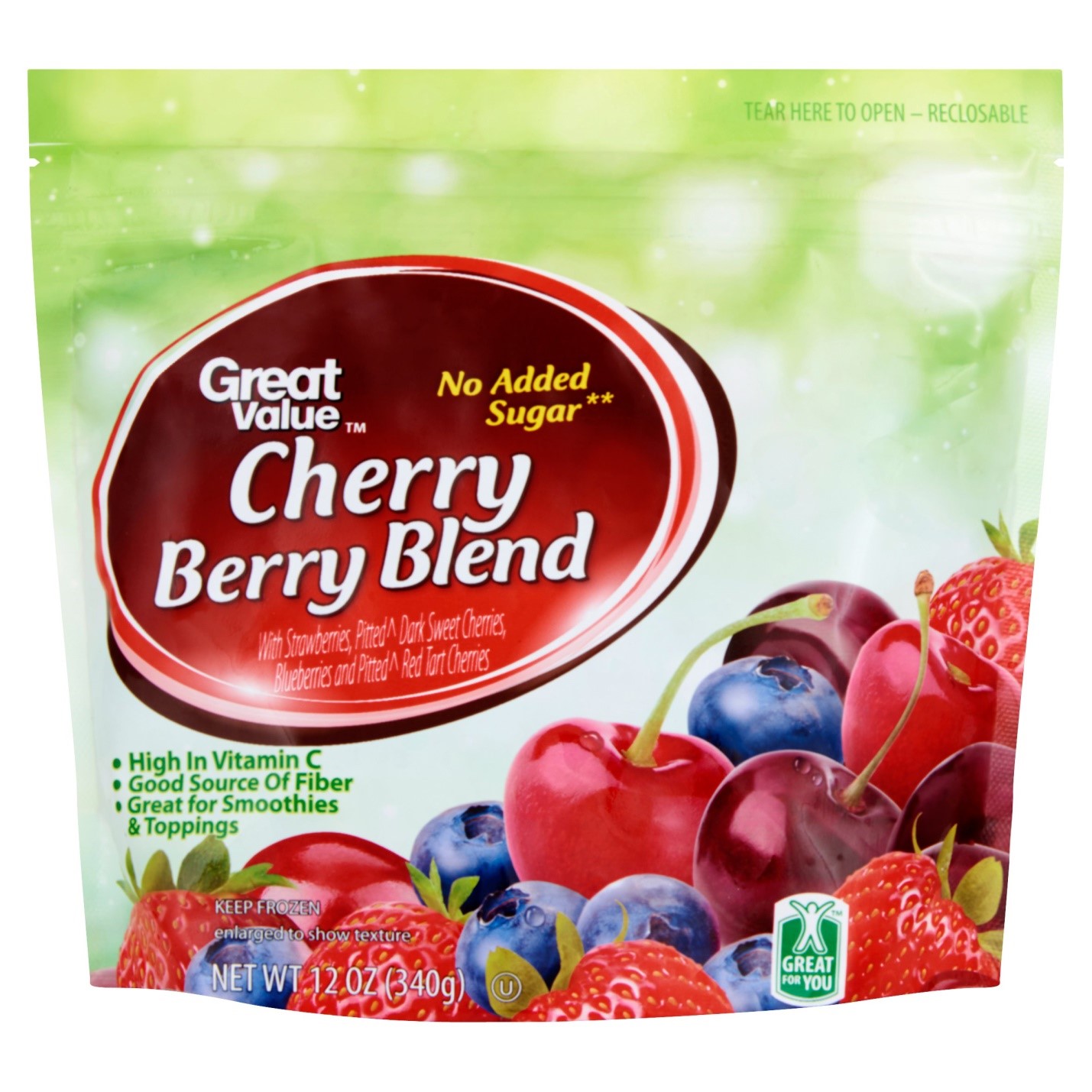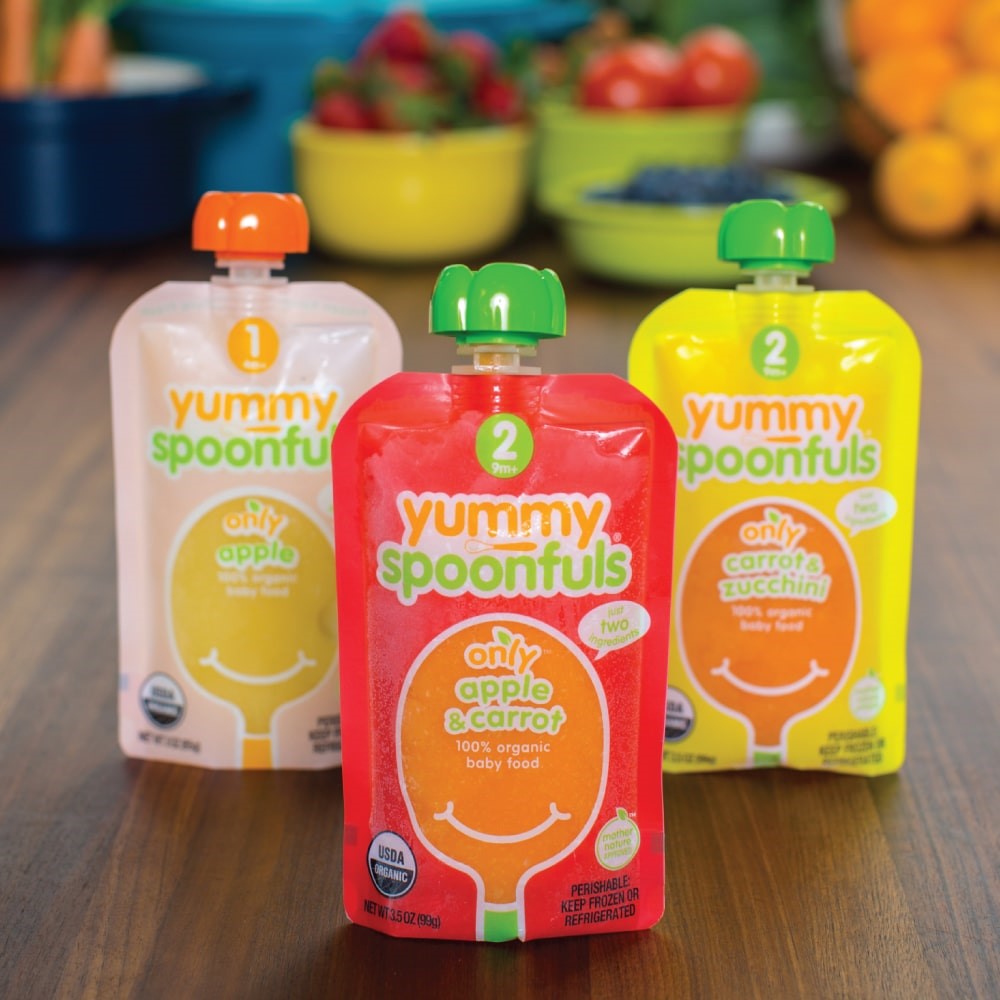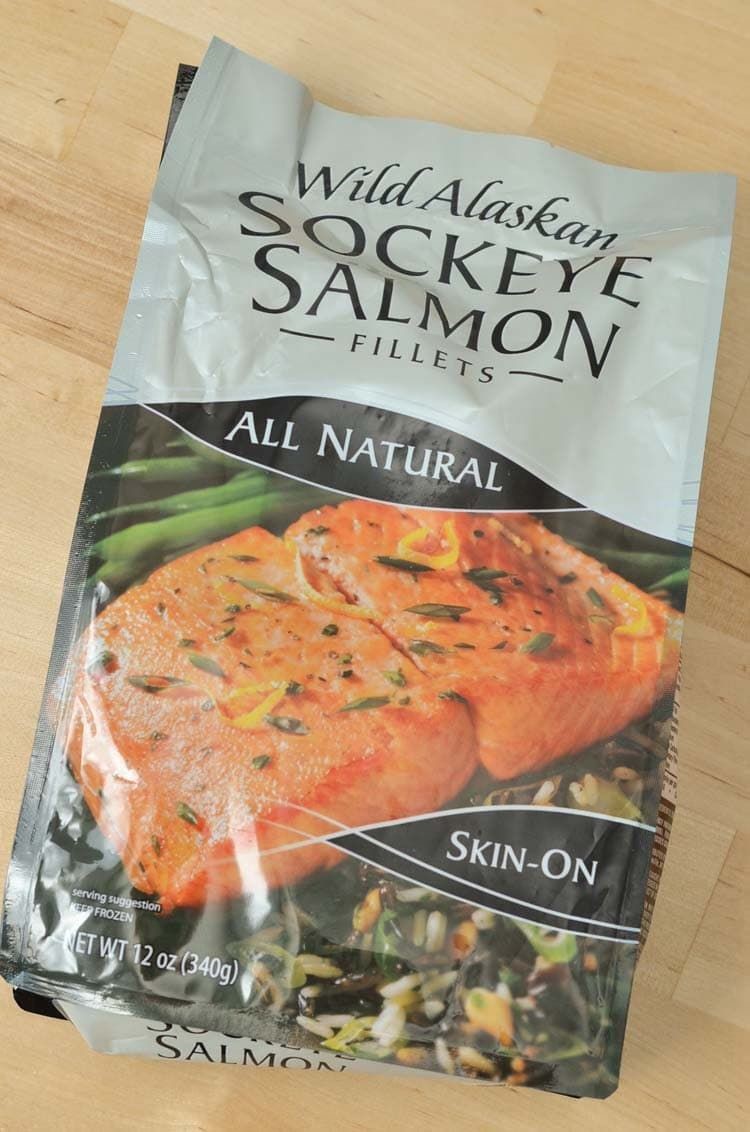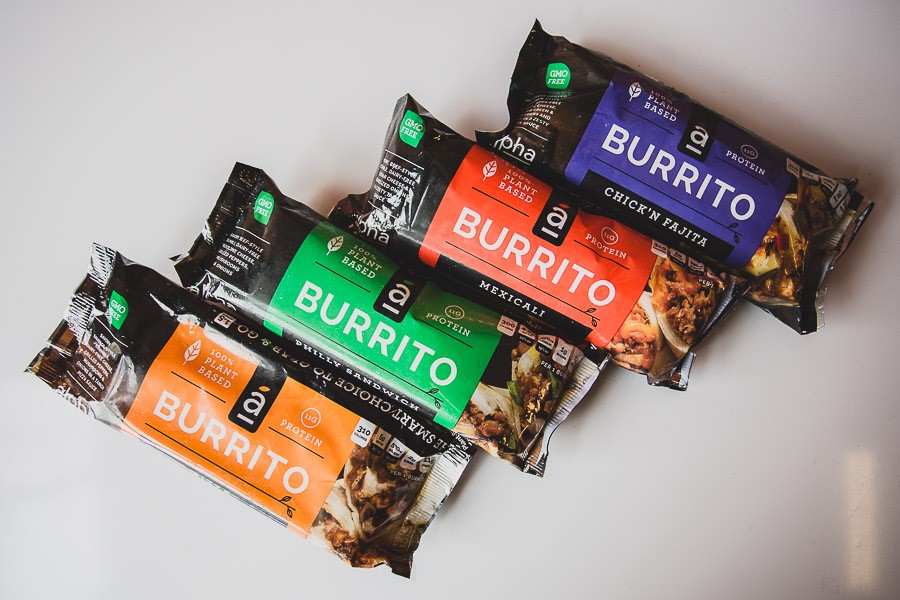5 Fabulous Finds in the Frozen Food Aisle
Health experts suggest clinging to the outer edges of the grocery store, where you find fresh produce and less-processed foods. But, while fresh food is typically the best option, there are good choices in the frozen aisle as well. And isn't that good news when a hectic day would be made easier by turning to the freezer for an answer to "What's for dinner?"
And, a 2016 study found that frozen food can help dramatically decrease your household's food waste. The crew at a very favorite site, Environmental Working Group, or EWG (www.ewg.org), a non-profit food and consumer watchdog, scoured their Food Scores database to find five great options in the frozen food aisle that maximize nutrition, and can save you time and money.

A frozen vegetable that packs great nutritional bang for your buck, is frozen green beans. They're half the cost of fresh ones, and retain more of their vitamin A3 and C4 content than other frozen vegetables. Similarly, frozen green peas are one of the least expensive frozen vegetables and retain more of their vitamin C content than fresh peas that have been stored for five days.
TIP: Research shows organically grown frozen fruits and vegetables retain vitamin C and other healthful plant compounds (aka phytochemicals) better than conventionally grown frozen produce.

TIP: Choose whole over cut, peeled or shelled produce. Think whole green beans instead of cut, or peas in the pod instead of shelled. Cutting, peeling and shelling increase the surface area exposed to light, oxygen and temperatures that destroy nutrients. When the peel is removed, fiber and other nutrients go with it.
For a sweet dessert, stop at the frozen fruit. It's hands-down the healthiest frozen dessert on the market. Berries also make a great snack. And as an added bonus, frozen blackberries are cheaper on average than fresh ones.
TIP: Thaw wisely - leaving frozen fruit in the refrigerator is best way to reduce enzyme reactions that can destroy nutrients. The longer frozen foods are left at room temperature to thaw, the more severe nutrients losses will be.

TIP: Have a usage plan—even frozen food has a shelf life. Loss of vitamin C, often used as a marker of general nutrient loss, is minimal for up to four weeks, but significant losses of vitamin C occur in frozen produce after 12 weeks.
Need baby food but don't have time to make your own? Consider looking beyond jarred food. In their frozen aisles, some stores are stocking baby food made from fresh fruits and vegetables. Freezing produce helps slow nutritional losses, and helps prevent the growth of most microbes, making preservatives less necessary. And since frozen fruits and vegetables are often harvested at the peak of the season, there's less need add flavors, or other additives or fillers to improve taste.
TIP: Many jarred foods from brands like Gerber contain "flavor," or thickening ingredients like rice flour, which can be contaminated with cancer-risk-increasing arsenic. Experts believe added flavors "are overwhelming our palates, diluting our ability to taste real food." Thousands of these secretive flavor chemicals are added to foods without Food and Drug Administration oversight or review. Making your own baby food is doing your baby a BIG favor.

Recommended: Yummy Spoonfuls, which is the first brand of flash-frozen, organic baby food in a pouch to be sold across the U.S.
Frozen seafood is typically cheaper and often of higher quality than fresh fish. Fresh can be in transit on ice for more than a week before reaching the grocery store. Frozen also helps you add fish to your diet at a reasonable cost, while avoiding the endocrine-disrupting contaminant found in BPA-coated cans that are used to package fish. This is a rare case when opting for fatty varieties is a good idea - they are higher in omega-3 fats and are more resilient to freezing.

Having frozen on hand can also increase how often you eat fish. Two servings a week is recommended. (Use EWG's Seafood Calculator to choose fish high in omega-3 fatty acids and low in mercury.)
It's hard to beat the convenience of a frozen entree. Most options are loaded with additives and are unnecessarily high in sodium, but there are some good finds for that last-minute lunch or dinner.
Burritos, for instance. About a quarter of the frozen burritos in EWG's Food Scores score in the green (very safe). But some burritos rose to the top because they highlight beans, a health-promoting and environmentally friendly protein, and have fewer ingredient and processing concerns.
TIP: Be wary of burritos and other frozen entrees with hidden sugars and excessive amounts of sodium. In 2016 EWG found that 64 percent of frozen burritos on the market contain added sugars. And, even among the best scoring burritos, sodium clocked in at about 500 milligrams.

Final TIP: Steer clear of Bob Evans, El Monterey and Don Miguel brand burritos, as they still contain partially hydrogenated oils.
- www.foodbeast.com
- www.pinterest.com
- www.womenoftoday.com
- www.walmart.com
- www.target.com
- www.ewg.org
 Alice Osborne
Alice Osborne
Weekly Newsletter Contributor since 2006
Email the author! alice@dvo.com
